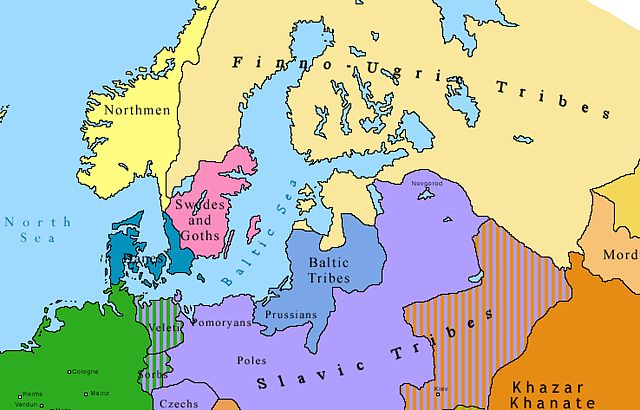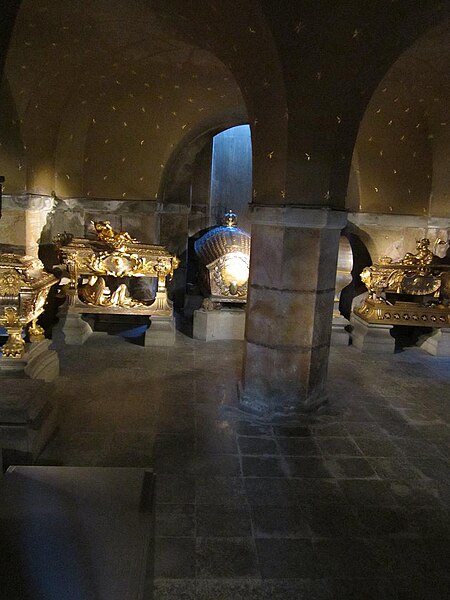Charles XI or Carl was King of Sweden from 1660 until his death, in a period of Swedish history known as the Swedish Empire (1611–1721).
Portrait by David Klöcker Ehrenstrahl, 1689
Charles at the age of five, dressed as a Roman emperor. Painting by Ehrenstrahl.
Läckö Castle, one of many mansions reclaimed by the Crown. Engraving by Willem Swidde from circa 1700 in Suecia Antiqua et Hodierna.
Queen Ulrika Eleonora, Charles's wife
The history of Sweden can be traced back to the melting of the Northern Polar Ice Caps. From as early as 12000 BC, humans have inhabited this area. Throughout the Stone Age, between 8000 BC and 6000 BC, early inhabitants used stone-crafting methods to make tools and weapons for hunting, gathering and fishing as means of survival. Written sources about Sweden before AD 1000 are rare and short, usually written by outsiders. It is usually accepted that Swedish recorded history, in contrast with pre-history, starts around the late 10th century, when sources are common enough that they can be contrasted with each other.
Swedish tribes in Northern Europe in 814
Gustav Vasa (Gustav I) in 1542
Gustavus Adolphus, victor at the Battle of Breitenfeld, 1631
This family crypt and the chapel above it house, in highly ornate coffins, the remains of all four of the Wittelsbach Dynasty monarchs of Sweden whose high-powered period (1654–1720) has been called the Caroline Era for Kings Carl X Gustav, Carl XI and Carl XII.








